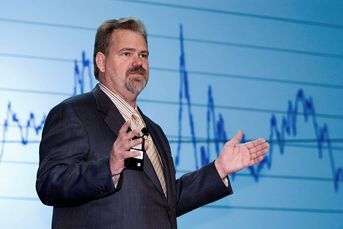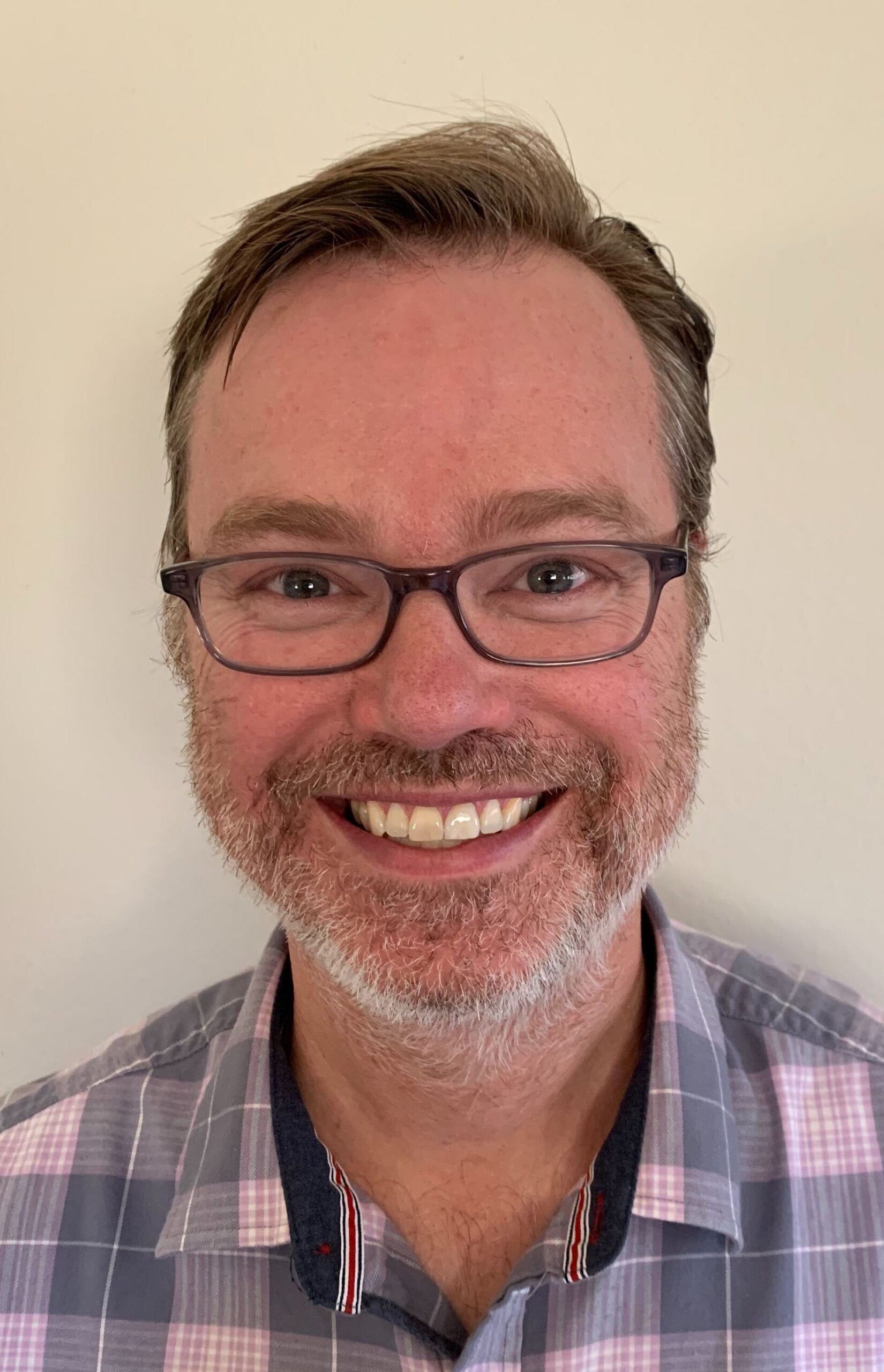More institutional money managers joining the $1 trillion club
But the gap between the top two and the rest is growing.
Among institutional money managers, a two-company battle has emerged for the most assets under management, even as more firms have joined the $1 trillion-plus AUM club.
BlackRock Inc. (BLK) and Vanguard Group Inc. retained the top two positions for worldwide institutional assets under management in 2017, according to Pensions&Investments‘ annual money manager survey. BlackRock, in first place, at $3.88 trillion as of Dec. 31, was up 18% from the end of 2016. Vanguard, at No. 2, was at $3.1 trillion — although its AUM rose 29.6%. Both firms have held those positions since the end of 2014.
Third-place State Street Global Advisors, at $2.103 trillion, had a 9.5% increase.
Since 2014, as the asset gap between BlackRock and Vanguard has shrunk — to $781.8 billion at the end of 2017 from $1.23 trillion — Vanguard has been widening its lead over third-place SSGA, to $998 billion as of Dec. 31 from $2.5 billion.
Amundi had the largest increase among the top 10, at 32%, to $1.881 trillion, moving to eighth place from tenth. Amundi acquired Pioneer Investments in 2017, adding $240 billion in assets.
For the first time in the history of the P&I survey, all of the top 10 firms reported assets above $1 trillion, compared with six a year earlier. Joining that elite group in 2017 with Amundi were J.P. Morgan Asset Management (JPM), Wellington Management and Prudential Financial.
Overall, worldwide assets under management for the 565 money managers who completed the survey totaled $67.57 trillion as of Dec. 31, a 15.3% increase from 12 months earlier. Of those assets, 90% were managed by the top 100 firms based on AUM.
“The investment management business is a scale business,” said Gregory Davis, chief investment officer of Vanguard, in Malvern, Pa. “Larger managers have the ability to drive down costs and invest in technology to become more efficient.”
The concentration of assets among the top managers, he said, “is because of economies of scale. … In asset management, it’s a zero-sum game. If you take cost into account, there are more that lose than win.”
Worldwide institutional assets were a combined $45.25 trillion, up 14.2%.
Largest percentage increases
Among categories included in the survey, the largest percentage increases in worldwide assets were in:
•Sponsored exchange-traded products, up 36.3% to $4.13 trillion
•Liability-driven investment strategies, up 19.6% to $2.93 trillion
•Investment outsourcing and fiduciary management mandates, a 31.4% increase to $1.47 trillion
•Factor-based investing, up 15% to $1.93 trillion.
Total U.S. institutional tax-exempt assets were $17.4 trillion, a 13.2% increase, with $15.53 trillion managed internally. Of that internally managed total, firms held $2.71 trillion in passive domestic equities, up 25.6%, while active U.S. equities accounted for $2.69 trillion, up 11.4%.
The increase in passive investing by institutions, sources said, was the driver of a number of other large shifts in the survey, particularly in exchange-traded product assets. BlackRock, Vanguard and SSGA were the top three in passive domestic equity assets as well as in ETP assets, although Vanguard ranked first in passive domestic equity, followed by BlackRock and SSGA.
The top money managers “are able to offer very competitive pricing in order to capture traditional betas,” Neil Rue, managing director at Pension Consulting Alliance, in Portland, Ore., said of the overall increases for BlackRock, Vanguard and SSGA. “If you’re from a $1 billion [AUM] shop, it’s very difficult to match their pricing. It’s a scale game.”
“It’s effectively an oligopoly,” added J. Tyler Cloherty, senior manager at Casey Quirk, a practice of Deloitte Consulting, in Darien, Conn. “They can win on scale, price and service. … Being so large, they have the ability to spend capital on other services, like digital improvements, brand promotion, client service. They can outpace the other managers.”
Brad Morrow, head of research in the Americas at Willis Towers Watson, in Chicago, said the overall increases in AUM could be as much a result of market performance in 2017 as from new net inflows. “Some of the increases could just be related to sectors, some more than others because [firms] are just managing so much equity. So the gains could be more market movement than flows,” Mr. Morrow said.
In 2017, the Russell 3000 returned 21.13% and the MSCI All-Country World index, 23.97%.
The focus on passive doesn’t mean there’s no place for active management in asset owners’ portfolios, said Mr. Cloherty. It’s just that they’re not necessarily looking to traditional equity for that alpha.
“There’s broad consensus that there’s still a lot of value with the active parts of portfolios,” Mr. Cloherty said. “The consensus expectation of markets going forward shows that beta won’t be sufficient. Investors will need to drive more alpha from other parts of the portfolio, like private capital, or emerging markets and debt. They have to be sensible as to where they get that alpha. The penetration of passive domestic and developed market equities into the marketplace is a structural change because of the efficiencies of those markets. Something like emerging markets is more inefficient, so they benefit from more active management and are less likely to go passive.”
Emerging-markets equity
U.S. institutional, tax-exempt assets managed internally in emerging markets equity by the top 25 managers surveyed totaled $339.7 billion as of Dec. 31, a 28.5% increase from the end of 2016. Emerging market equity assets reported by all managers rose 29% to $428 billion.
Mr. Morrow, at Willis Towers Watson, agreed that more active assets are moving to emerging markets.
“I’ve seen most emerging-markets investments not going passive,” Mr. Morrow said. “It’s more about the ability of their managers to add value, a reach for return. Institutions will be active in areas where it makes sense, like emerging markets.”
PCA’s Mr. Rue said much of the emerging-markets asset increase “is basically a function of market behavior. That doesn’t mean people aren’t attracted to the story of emerging markets, but it’s been the same story over the past 20 years — attractive valuations, more growth. But emerging markets go up and down a lot; 2017 was a rebound over previous years. But so far, we’ve seen a cooling in 2018.”
Assets moving into liability-driven investment strategies, however, didn’t cool in 2017. The appetite for such strategies began after the financial crisis of 2008-09 and has since moved from emphasizing traditional long-duration bonds into other hedging strategies, said Jodan Ledford, head of client solutions and multiassets at Legal & General Investment Management America, in Chicago. Legal & General was second in worldwide assets managed in LDI strategies, at $577.2 billion, up 19.9% from the end of 2016.
“The last 10 years, what’s changed is that LDI use has grown, and with it there’s been more of a risk-factor perspective to liability hedging because of interest-rate exposure and the spreads of AA or higher-rated bonds,” Mr. Ledford said. “There’s been an evolution of risk factors compensated with equity-like investments and credit. So you own long-duration corporate bonds to hedge across beta and do an analysis of equities and other corporates as well as Treasuries and Treasury-like products.”
Also, said Mr. Morrow of Willis Towers Watson, LDI strategies are including more derivatives.
“It’s not a surprise that clients are doing that,” he said. “LDI and fixed income are really two different things.”
Investment outsourcing
Much like liability-driven investing, investment outsourcing and fiduciary management have expanded beyond their early mandates, with 2017 asset growth as evidence of that evolution, said Rich Joseph, partner and U.S. leader of OCIO business at Mercer, in Boston. Mercer ranked No. 1 in investment outsourcing and fiduciary management assets, at $227.5 billion, a 44% increase from year-end 2016.
“The application of OCIO across the entire space started as an outsourcing play in the corporate space 15 to 20 years ago,” Mr. Joseph said. “But now we’re seeing growth come from the defined contribution and endowment and foundation market. I think as a market trend, OCIO also applies to more channels now, like insurance.”
Evolution is also what has led to an increase in assets in factor-based investments, sources said, as asset owners look to fill a gap between fundamental active and passive investing.
“The markets did well last year. That accounts for a fair amount” of AUM gain, said Joseph Chi, co-head of portfolio management for Dimensional Fund Advisors, in Santa Monica, Calif. “It’s also cash flow, positive inflows. Not just last year; I don’t think we’ve had net negative flows in 13 years. That says a lot. Assets have risen from both new and current investors.” Dimensional ranked first in worldwide assets in factor-based investing, with $567.1 billion, up 5%.
Said PCA’s Mr. Rue of factor-based investing, “There’s a lot of product proliferation in this, but the marketplace has taken a breather and is assessing version 1.0 of factor-based investing, a little reassessment after an investment cycle.”
Vanguard’s Mr. Davis said factor-based investment strategies, along with ETFs and index funds, are examples of “low-cost ways to invest … whether institutional or intermediaries or retail investors who were paying high fees, they don’t have to do that any more.” Mr. Davis also said the trend in low-cost investing should continue, particularly outside the U.S.
Among other large percentage changes reported in the survey:
•Low-volatility equity strategies were up 56.6%, to $134.8 billion
•Infrastructure was up 37%, to $27.1 billion
•Distressed debt was down 23.5%, to $10.6 billion
•Venture capital was down 48.2%, to $4.2 billion.
Rick Baert is a reporter at InvestmentNews‘ sister publication, Pensions&Investments.
Learn more about reprints and licensing for this article.






